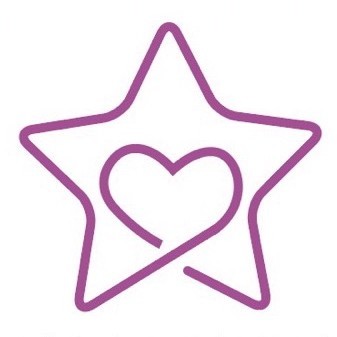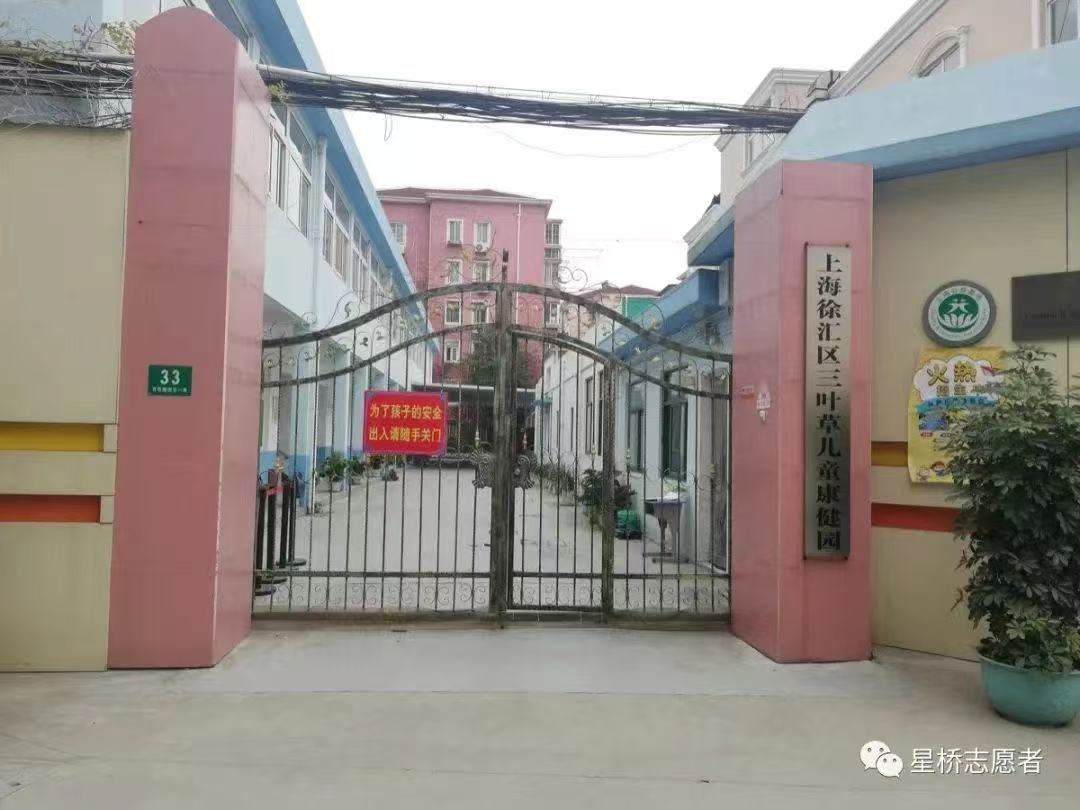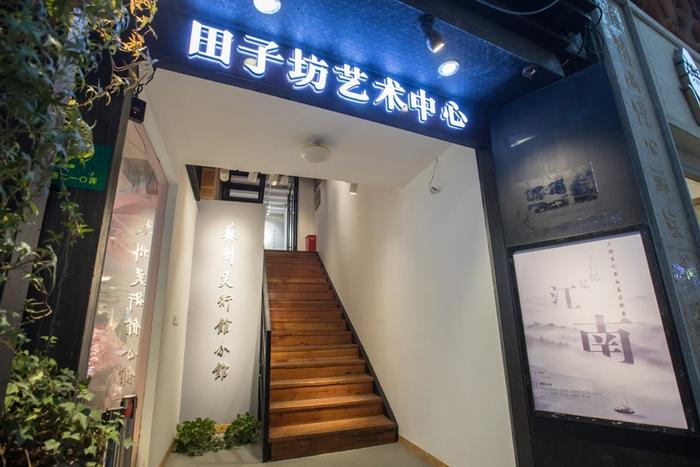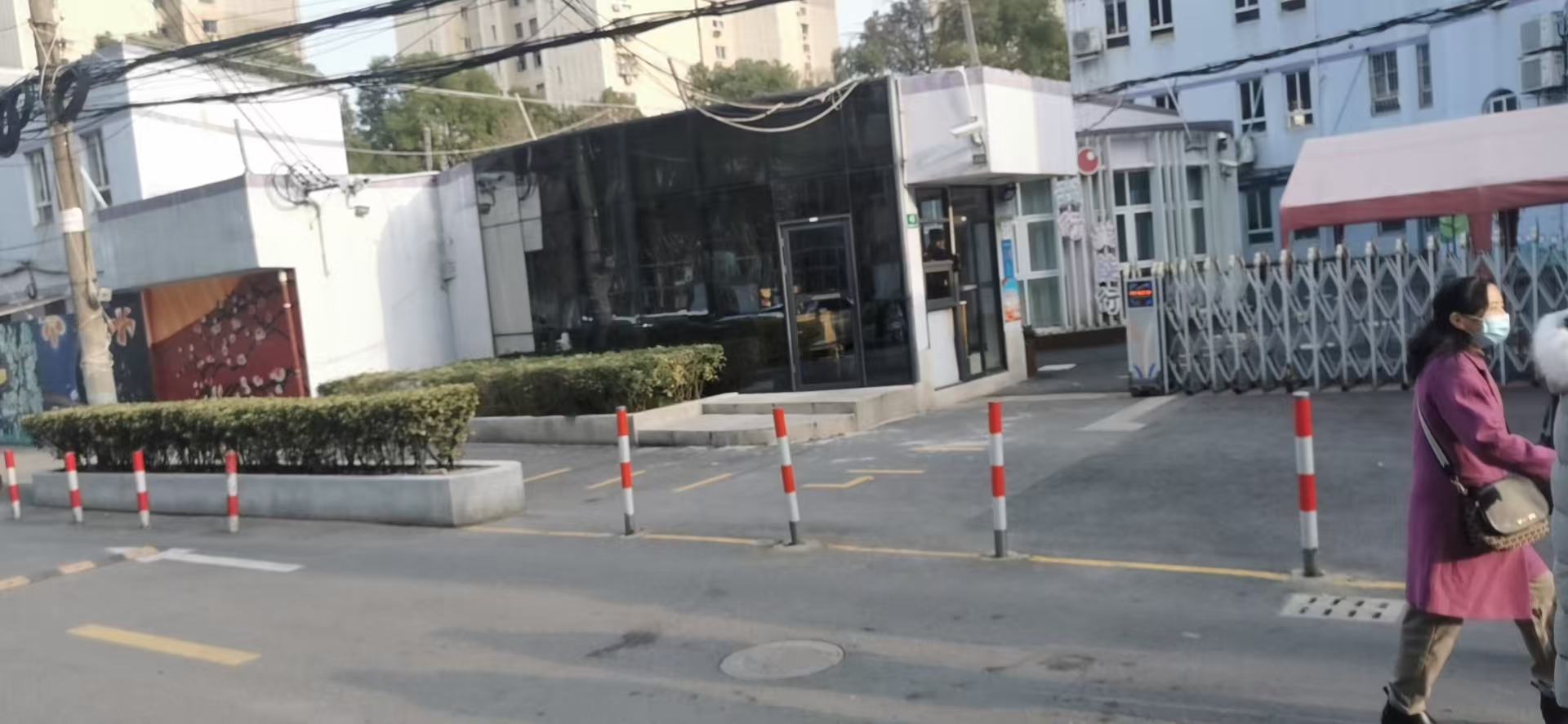Dreamworkers
Success, Trials and Failures – A Four-Year Reflection Looking Back and Forward
Written by LYK-CC, April 2025, This blog is generated with GPT machine with inputted prompt. Minor grammartical and spelling mistakes may be present.
View Website Snapshot at Nov 2023
Chapter 1: The Origin
It was a quiet Friday afternoon, I was only an 8th grader. Just before the end of the school day. The second-to-last period on our schedule was homeroom, which was usually a time for announcements or class bonding.
But that day, my team and I were in a hurry. We had a tight deadline for our SJMMA math modeling competition, a afterschool club which I was part of (we usually had our last period on Friday for club activities) and we were deep into building our final presentation slides. Instead of staying in class, we quietly slipped away to one of the meeting rooms to keep working.
I remember being completely absorbed in the details of PowerPoint, adjusting equations, reordering graphs, and debating visual effects. That’s when our homeroom teacher, who was also my physics instructor, came looking for me. He asked me to return to the classroom because there was a group of students there giving a presentation. They were, apparently, from another club and were promoting a charity event.
The project we were working on, which you can still view on GitLab.
When I walked back in, I saw a few unfamiliar faces standing at the front of the class. They introduced themselves as organizers of a nonprofit initiative and explained that they were planning a charity concert for children with autism. The goal was to raise awareness and donate all the proceeds to a special school for autistic children.

I wasn’t sure what to think. I listened passively, unsure if I was just being polite or curious. But then something in their presentation caught my attention. They spoke about the children as “gifts from the stars”, which is a phrase that stuck with me. These were kids who, for reasons no one could fully explain, had fallen behind in the traditional systems of learning and growth. The down syndrome kids. The speakers emphasized how important it was for society to not just acknowledge these children, but to stand with them, support them, and understand them.
I knew deep down that I wasn’t the ideal candidate for a volunteer role like this. I wasn’t someone who naturally gravitated toward service or social projects. But something about this one pulled me in. Maybe it was the way they spoke. Maybe it was the timing. Or maybe it was simply that I’ve always been someone who gets curious about everything.
I mentioned my WeChat account before, Tiancesec. It was part of my journey on cybersecurity education. I showed them some of the materials, and to my surprise, they were genuinely impressed. The conversation flowed effortlessly after that. We shared ideas, swapped stories, and they invited me to join them. I was offered a role on the backend team, helping with event planning and designing the presentation slides that would be used during the concert.
A few weeks later, I went with them on a visit to the charity’s base. It was my first real-world exposure to this kind of work. We toured the facility, sat through a talk given by the program’s director, and learned about how the organization functioned day to day. I heard stories about the children, about their families, their challenges, and their victories. We were also given guidelines on how to interact with the kids, how to be respectful, how to listen, and how to understand their world without trying to change it.

上海徐汇区三叶草儿童康健园
It wasn’t until a casual dinner with a few members of the team that I learned something I hadn’t known before. The person who had founded the project was actually an alumna from our own school, SESID, which was about four years ahead of me.
Our school had a somewhat unusual grade structure at the time. There were students just one year above us, but technically, that group was considered the first official graduating class of the school. The two earlier cohorts were more like “trial years,” without a complete graduation system. So, in a way, she was part of the school’s first real generation of middle school alumni.
They had rented a small venue near Tianzifang in Shanghai. It was called the Tianzifang Art Center. On the day of the event, there were about 80 to 100 people in attendance, and each ticket was priced at around 50 RMB.

The Poster

田子坊艺术中心 · Tianzifang Art Center
Frankly, as the concert day approached, I wasn’t really focused on the event itself. I wasn’t exactly performing well in terms of contributing to the planning or actively helping with the team’s mission. I wasn’t disengaged, but I wasn’t really showing up either.
During the concert, I remember sitting there thinking about one thing: sustainability.
Back when we were being trained at the charity base, one of the teachers had talked to us about the importance of consistency. For children on the autism spectrum, it takes a long time to become comfortable with a volunteer. Many of them are fearful of unfamiliar faces, and building trust takes weeks, even months. That’s why we were asked, at the time, whether we were willing to commit to long-term service.
We all raised our hands and took a sort of symbolic pledge. I went along with it too, though deep down I knew I probably wouldn’t have that kind of commitment. I wasn’t sure how long my enthusiasm would last, and honestly, I didn’t love volunteer work enough to pretend otherwise. I’m guessing I wasn’t the only one who felt that way during the pledge.
The concert lasted for about an afternoon. When it was over, everyone gradually left, and that was it.
For a detailed summary, refer to the article published on WeChat: First Event Summary.
Not long after, I had a feeling I would be removed from the team. I hadn’t done enough to stay. But even if I hadn’t been removed, I started to wonder whether the organization itself was sustainable. Moreover, is that really what the kids want, or is it just showtime for volunteers trying to enhance their college applications?
Even if it came at the cost of how impressive an individual event looked, maybe sustainability was more important in the long run. Those children would much rather have ongoing companionship than dazzling one-time experiences.
A small organization, no matter how well-intentioned, cannot create real, lasting impact on its own. Yes, might be some minimal impact, through long-term commitment, institutional support, and genuine persistence that real change becomes possible. One-off efforts can raise awareness, yes, but, for the children, it’s not the awareness that matters. It’s the consistency. The presence. The people who come back, again and again.
Even if it meant that individual events weren’t flashy or impressive, maybe what really mattered was staying power. Maybe consistency was more important than spectacle. Because if you asked the kids, they would probably rather have someone who keeps showing up than someone who puts on a one-time show and never comes back. But then again, even consistency has its limits. Even if the volunteers kept showing up every year, even if they cared deeply and kept trying, how much real impact could they make? Each ticket was priced at only 50 RMB. At most, there were maybe one hundred people in the audience. That meant each concert raised about five thousand RMB (around 700 USD). And there was only one concert each year. How many times would they have to do this to reach just ten thousand? And more importantly, how much difference could that money actually make for a school that needed steady support? It started to feel like all that energy, all those hours from so many volunteers, were being poured into just one small event. It was touching, yes, but it was not efficient. It was not something that could grow. No matter how sincere the effort, the scale was too limited to truly make a difference.
So the actual question that came up to my mind was:
Can I build something thats scalable?
Chapter 2: The Trial
It wasn’t in Aug 2021, though sometimes it feels like something that distant—but rather November of 2021, when things really started to move again. Our SESID elementary school class had organized a reunion, just a casual get-together, nothing particularly formal.
That’s when I reconnected with a girl from the class next door, someone I hadn’t talked to in years. Back in school, she was known for her strong academics and personality, the kind of student teachers liked and peers quietly respected. We’d never been especially close, just acquaintances really, but something about that night clicked. We talked a lot.
At some point after the reunion, I mentioned the nonprofit project I’d worked on. It was just in passing, almost as a side note. But she was curious, genuinely curious. To my surprise, she almost didn’t ask any further questions. She just nodded, and said something like, “Let’s do it.” I was kinda surprised about her motivation, and soon, we were exploring ways we could restart the effort together.
By January 2022, before COVID came crashing back into our lives, we had already made a few field visits. My partner pulled in three members from SAS where we made our first sketch sort of business plan about our project.
📄 Early Project Plan (Word Document)
This was our first draft of the Dreamworkers initiative, written together with the people from SAS.
View DocumentWe visited three branches of a special education school in Shanghai’s Pudong District, trying to get in touch with the principals. We didn’t have any real connections, no proper appointments, just a vague hope that if we showed up, someone might talk to us. But nobody other than the securities at each cmapus patronized us with a string of phone numbers that clearly weren’t going to lead us to anywhere.

Downtown Campus Special School
The few months in 2022 hitted a pause on a dream that had barely begun to reboot. We couldn’t go out. We couldn’t meet people. And honestly, we lost momentum.
But then, as if timed by the universe, something happened after the summer.
Septermber 15, 2022. One afternoon, my mother was with an upperclassman’s mom, just by chance, and she was having coffee with someone at a place called DreamWorks 梦工坊 Café. The name itself was enough to raise an eyebrow, but what made it more special was what the café stood for: a social enterprise that trained and employed young people with disabilities. The local government had even donated the space for free, and the income from the coffee shop went directly to the children. No gimmicks. Just quiet impact.
My mom pulled me into the conversation as I was just dismissed from school, luckily the person sitting across from us that day was Principal Wang 王英, who oversaw the schools we had tried to visit months ago. She had a meeting with my classmate's mom after my mom, and I had this opportunity to meet the person, effortlessly. Funny enough, we weren’t even there to talk about the nonprofit, we were originally chatting about the floorball program which my school was in collaboration with them. But as we started drifting into other topics, I shared my vision and the idea of building another non-profit that has the structure to ensure a long-term commitment from our volunteers. With nothing but a piece of project plan I scribbled with my partner, I promised a group of volunteer that we had no idea where we were going to recruit from, we talked. And by the end of the coffee, she said, “I might have something for you.” Im still very gratitude about the opportunity that she has provided us solely based on the very initial meeting. Big thanks to 王校长.
She connected us with a few student parent committees, families who might be interested in participating in the kind of activities we hoped to do, and that was our opening.
The very first event we organized came soon after, on November 12, 2022. It was simple, a picture book reading session.
I was so exicted when I was reached by 12 student parents from the special educational school, and they were excited as well. Then, I rushed to connect with the previous elementary classmates that they were everywhere across those international schools in Shanghai, and one of my friend from SESID @VictoriaXu, who transferred to WLSA after her freshman year in high school, referred me to the person who was responsible for the outreach and volunteering activities in WLSA @TonyWang. ultimately, I had managed to invite student volunteers from four different schools, Shanghai American School, WLSA, Shanghai High School International Division, and mine before the first event. 20 volunteers showed up that day (Plus the photographer @Harry). It was our first time interacting with the children directly. We weren’t sure what to expect. We just wanted to observe, to understand, and to show up.
Coincidentally, that week happened to be China’s Disability Awareness Week. So, with the help of a small team from my school's Student Union, we released a short documentary to mark the moment. It wasn’t professionally produced,- but it captured something honest. As it was the beginning of something real. Not flashy. Not perfect. Just…real.
That was how Dreamworkers started.
Chapter 3: Initiation
Not long after our first few events, my original partner stepped away from the project. Nothing dramatic, just a natural transition. But in her place, she introduced a schoolmate of hers who gradually took up the role and became my new collaborator. In a way, the spirit of the original partnership lived on through this new connection.
As we moved into our second phase, things quickly became chaotic. Our second event was held again at DreamWorks Café, but this time everything felt rushed and disorganized. We were learning everything on the go—logistics, communication, planning. And then, things took a sudden turn.
We were asked to vacate the café. It turned out that hosting events there wasn’t as casual as we’d assumed. The space wasn’t freely open for public use; every session typically required a sponsorship or rental fee that could range from 2,000 to even 6,000 RMB. (Yeah, non-profit Cafe) We hadn’t paid anything. We were, in essence, borrowing the space without contributing, and eventually, that became unsustainable.
I knew I had to act. I reached back out to Principal Wang—the same person who had offered us our first chance. I asked if she could help us again, and she graciously provided a formal letter of introduction. With that letter, I went to my school, Shanghai Experimental School International Division, and got a stamped verification document.
From there, I went straight to the subdistrict office, which happened to be located on the third floor above the café itself. I met with the director and presented our case. After some conversation, they agreed to allocate a new space for us: a modest multipurpose room next to the second-floor dance studio, usually used by senior citizens for recreational purpose, or local community communism trainings.
It wasn’t fancy, but it was ours. From that point on, our activities found a new home.
Before our next big step, something unexpected happened. I was approached by the father of a younger schoolmate—someone from a grade below me. He introduced himself as the manager of a company's Shanghai Office. He had apparently come across our project, found it meaningful, and expressed interest in collaborating on an event together.
I was flattered. It felt like a sign that our work was starting to gain recognition beyond just students and schools. But as we began planning, I started to sense something more complicated beneath the surface. There were signals, subtle but telling, that this wasn’t just about supporting our cause. In hindsight, it became clear that the company had other intentions. Maybe it was about publicity, branding, or simply checking off a CSR box. But honestly, I didn’t mind that much, as even if the intention wasn’t pure, the collaboration still helped raise our visibility. A little reputational boost never hurts. And the company wasa a fortune 500, whatsoever.
Still, we tried to make the best of it. The collaboration didn’t end in disaster, but it left a strange aftertaste. It taught me, early on, the difference between genuine interest and opportunistic involvement. Not all partnerships are equal. Not all offers are meant to empower you.
Not long after that experience, something much more authentic came our way. One of the children’s mothers approached us and asked if she could co-host an activity. We happily agreed, Im happy to take any trials as we were still in the stage of crazy expansion. This wasn’t a corporate partner or a symbolic sponsor, but a parent who was truly invested in the children, yeah, because she was the parent of the child.
That collaboration became the beginning of a new chapter, a new form, our first community-led initiative.
That mother soon pulled in several of her friends, other parents from the special education school network. To my surprise, they managed to secure a local government grant through the 宋庆龄基金会. From that point on, each event came with a proper budget. They could reimburse costs for materials, snacks, or even teacher stipends. For the first time, the events felt like something with actual infrastructure behind it.
But the first event they led, while ambitious, was also an absolute chaos.
It was called 团长新尝试 ,绘本创美, a name that sounded much more formal than what it actually was. The whole thing was run like an immersive playact game session, where the main goal was just to get the children engaged in playful group activities, like acting, storytelling...... playing. Nobody was pretending we had the skills to educate or rehabilitate these kids. That wasn’t the point. The goal was simply to give them a chance to participate, to belong, and to interact with each other... to have fun.
But that first session was rough. Slides didn’t load, HDMI port mismatched, instructions got lost, and the kids were all over the place. For a moment, it felt like everything might fall apart.
And yet... somehow, it didn’t. The energy, though messy, was real. The parents cared. The children laughed. And everyone stayed until the end. It wasn’t a perfect event, but it was alive, though volunteers are standing alongside the room, didn’t know what to do.
From there, the parents continued to organize more activities. I started stepping back a little, letting them take the lead. For the next two sessions, I wasn’t even heavily involved. I watched from the sidelines, both grateful and conflicted. On one hand, things were finally moving on their own. On the other hand, I started asking myself: what comes next?
For all our effort, we had only reached a few dozen kids and families. Maybe 40 or 50 people total. Yes, I have already made a impact, but was this really scalable? Could this grow? Could it reach hundreds? Maybe Thousands? Yeah I know, Im never satisfied. Such a Ryan moment.
I began to think bigger. If I wanted this to last, if I wanted real, lasting impact. I would need more students, more schools, more volunteers. I would need to build something that could go beyond just us.
Chapter 4: Expansion
For any concerns regarding privacy or content on this page, please contact ryan.mzh@icloud.com.
